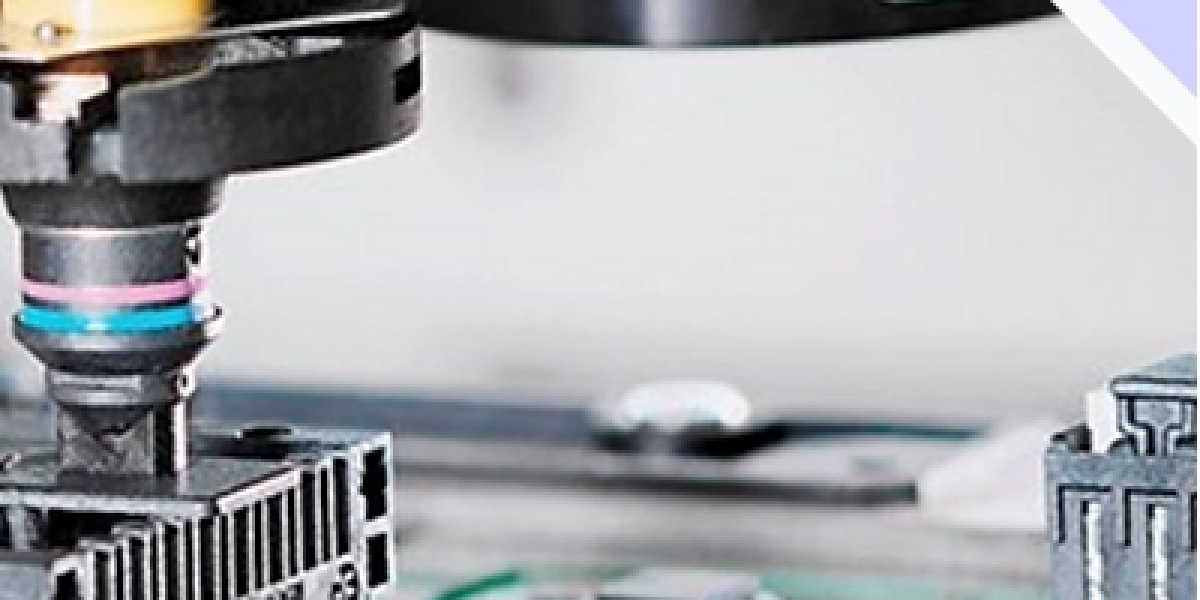In the world of electronics, cable assemblies play a crucial role in connecting devices and ensuring seamless data transmission. However, designing a cable assembly is more than just choosing the right wires and connectors. It requires meticulous planning and consideration of various factors to ensure optimal performance, reliability, and longevity. This article delves into common mistakes that designers often make during cable assembly design, offering insights to avoid potential issues and create robust, high-quality assemblies.
1. Neglecting Environmental Considerations
One of the most common mistakes in cable assembly design is overlooking environmental factors. The environment in which the cable assembly will operate can significantly impact its performance and lifespan. Factors such as temperature, humidity, vibration, and electromagnetic interference (EMI) must be considered during the design phase. For instance, a cable assembly designed for a harsh industrial environment requires different materials and construction techniques compared to one intended for a controlled laboratory setting.
2. Ignoring Cable Length and Routing
The length and routing of the cable are often underestimated factors in cable assembly design. A cable that is too long can lead to signal loss, increased impedance, and susceptibility to interference. Conversely, a cable that is too short can limit the assembly's flexibility and create strain on connectors. Careful consideration of the cable's length and routing is essential to ensure optimal signal integrity and minimize the risk of damage.
3. Choosing the Wrong Connectors
Connectors are the interface points between the cable assembly and other devices. Selecting the wrong connectors can lead to compatibility issues, signal degradation, and even damage to the assembly. Factors to consider when choosing connectors include:
- Type: Different connector types are designed for specific applications. For example, RJ45 connectors are commonly used for Ethernet connections, while USB connectors are used for data transfer and power delivery.
- Gender: Male and female connectors are designed to mate with each other. Ensure that the correct genders are selected for the application.
- Current Rating: Connectors have a specific current rating that determines the amount of electrical current they can safely handle. Choose connectors with a rating that meets or exceeds the requirements of the application.
- Durability: The durability of connectors is crucial, especially in demanding environments. Consider factors such as environmental sealing, impact resistance, and wear resistance.
4. Overlooking Cable Shielding
Shielding is essential for protecting cables from external interference, particularly in environments with high levels of electromagnetic noise. Shielding helps to reduce signal degradation and noise interference, ensuring reliable data transmission. There are different types of shielding available, including braided shields, foil shields, and combination shields. The choice of shielding depends on the specific application and the level of protection required.
5. Underestimating the Importance of Strain Relief
Strain relief is a crucial element in cable assembly design, preventing damage to the cable and connectors at the point where the cable enters a connector. Without proper strain relief, the cable can become damaged from repeated bending, pulling, or twisting. Strain relief devices are available in various forms, including boots, clamps, and cable ties.
6. Ignoring Cable Flexibility and Bending Radius
Cable flexibility and bending radius are essential considerations in cable assembly design, especially for applications that require frequent movement or bending. A cable with a small bending radius can be easily damaged when bent excessively. When selecting cable materials, consider the flexibility requirements of the application and choose a cable with a suitable bending radius.
7. Not Performing Adequate Testing
Testing is an essential part of cable assembly design, ensuring that the assembly meets the required performance specifications. Testing should be conducted at various stages of the design process, from component testing to final assembly testing. Tests can include signal integrity testing, impedance testing, and environmental testing.
8. Not Utilizing Cable Assembly Design Software
Cable assembly design software can greatly simplify the design process, providing tools for creating detailed drawings, specifying materials, and performing simulations. These software programs can help to identify potential issues early in the design phase, saving time and resources.
Conclusion
Designing a reliable and high-performance cable assembly requires careful consideration of numerous factors. By avoiding common mistakes, such as neglecting environmental considerations, ignoring cable length and routing, choosing the wrong connectors, overlooking cable shielding, underestimating the importance of strain relief, ignoring cable flexibility and bending radius, not performing adequate testing, and not utilizing cable assembly design software, you can ensure that your cable assemblies meet the demands of your application and provide optimal performance and longevity.









